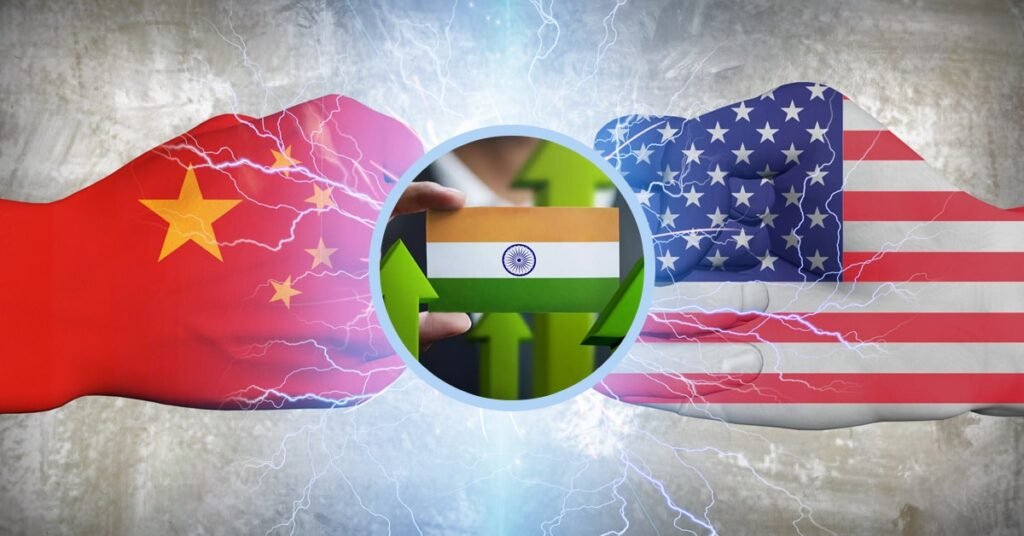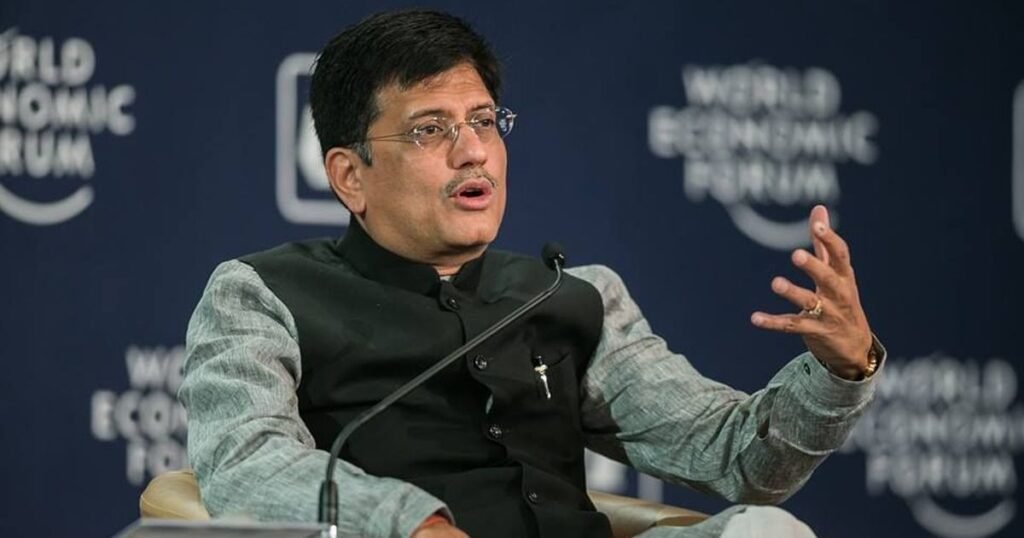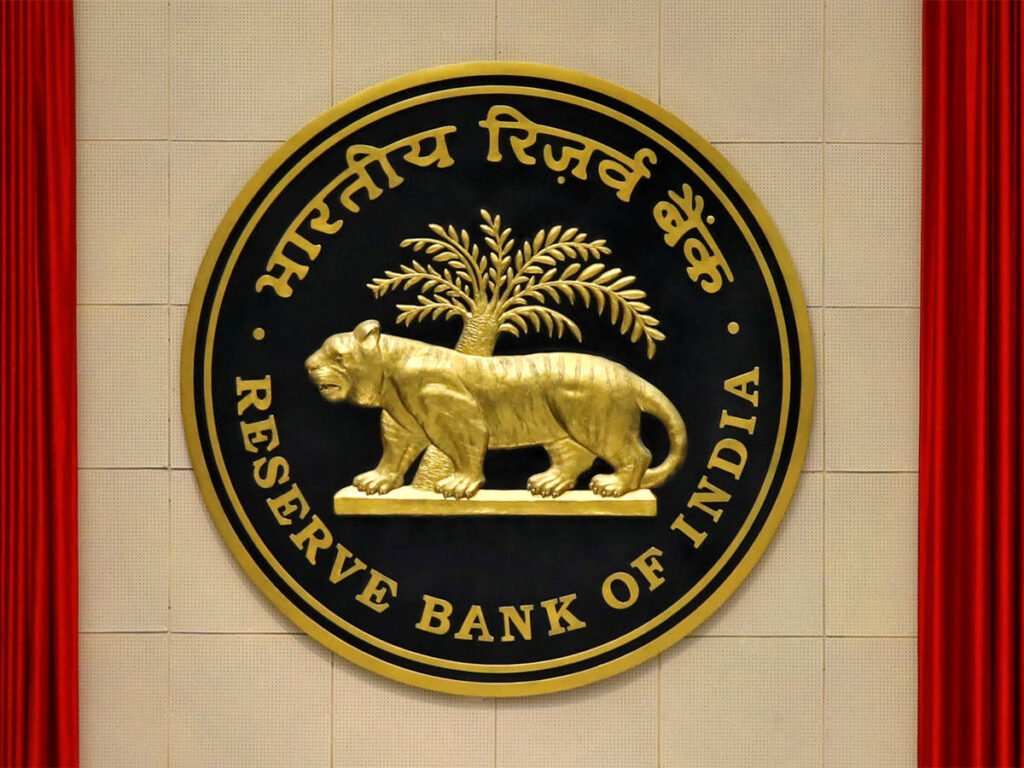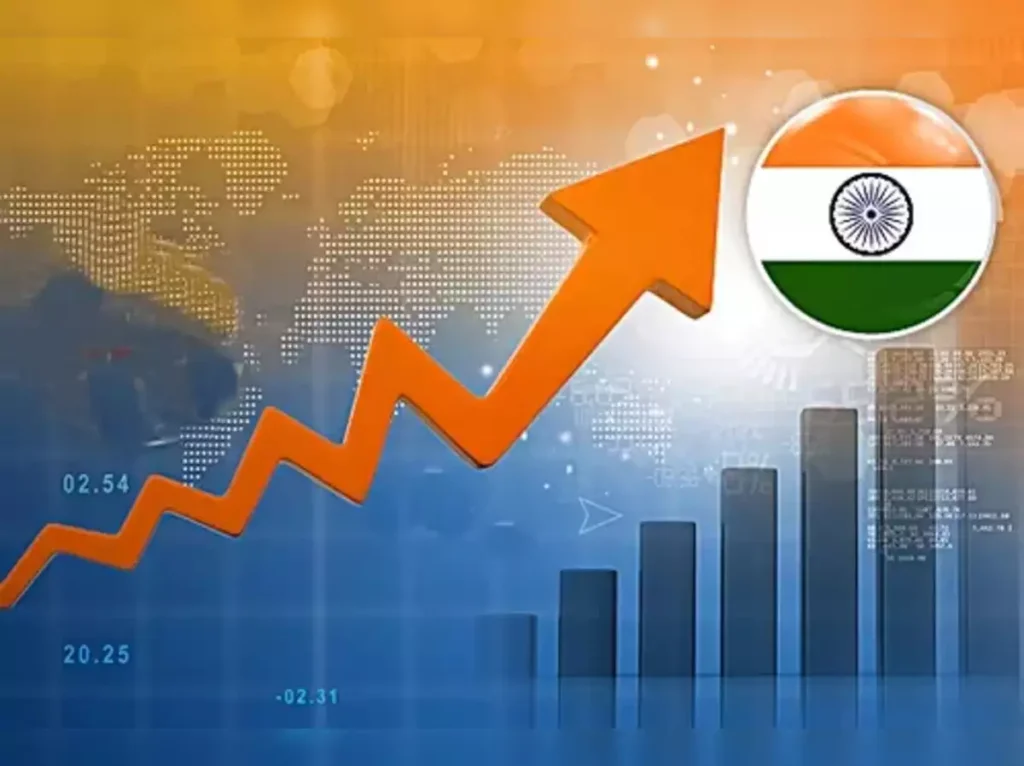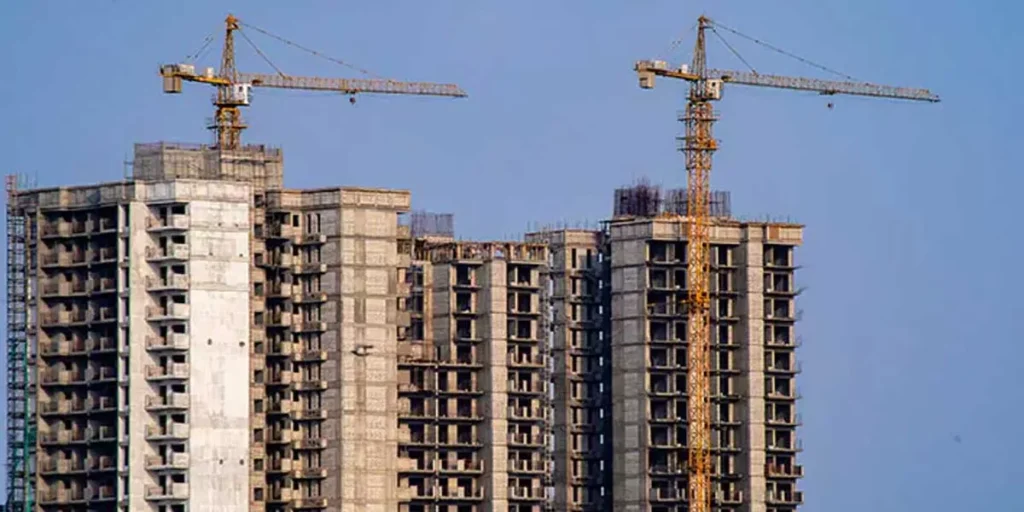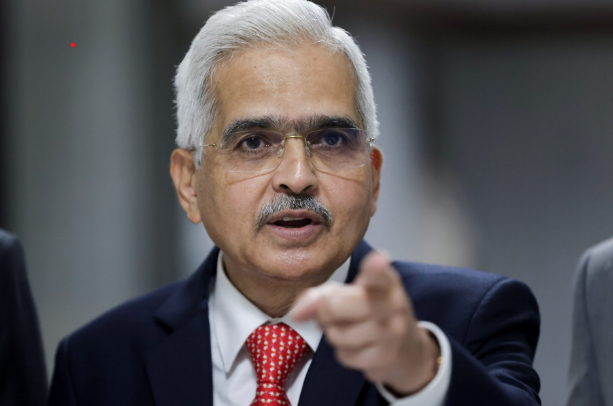India’s Food Inflation Surges to 10.87%: Government Grapples with Soaring Prices Amid Global and Local Pressures

As food inflation spikes to its highest level since July last year, government measures struggle to contain soaring vegetable and edible oil prices.
Rising Food Inflation Challenges Government Efforts
India is witnessing a major surge in food inflation, reaching 10.87% in October, the highest since July of the previous year. This increase comes despite several government interventions, such as large-scale imports of pulses and the sale of subsidized onions and tomatoes in urban areas, including Delhi, through mobile vans. Non-food inflation, on the other hand, remains stable around 3% for the 11th consecutive month. However, escalating vegetable prices, which surged by 42.2%, and rising costs of edible oils due to global pressures are adding to the inflationary woes.
In September, the government raised the basic customs duty on refined edible oils from 12.5% to 32.5%, a move aimed at protecting domestic oilseed farmers. However, the increased costs of imported oils and overall global price hikes have intensified inflation within India. The Consumer Price Index (CPI) data, released on Tuesday, reveals that urban retail food inflation reached 11.09%, while rural areas reported 10.69%. Compared to the previous month’s 9.24%, and October 6.61% from last year, food inflation has hit double digits after 14 months.
Key Drivers: Vegetables and Edible Oils
The steep rise in food inflation has been attributed to higher prices of vegetables, fruits, and edible oils. While the prices of some essentials like pulses, eggs, sugar, and spices have moderated, vegetables have seen a sharp price increase, driven by unseasonal rains and high demand. Tomatoes and onions have particularly become costlier, with vegetable inflation at 42.2%, the highest in nearly five years.
Aditi Nayar, Chief Economist at ICRA, highlighted that vegetable inflation has escalated significantly, impacting both the food and beverages segment and overall retail inflation. According to Nayar, excluding vegetables, food and beverage inflation would be at 4.3%, and retail inflation would drop to 3.6%.
Economic Concerns Over Household Expectations
Experts warn that unchecked food inflation could affect household spending and expectations. Rajni Sinha, Chief Economist at CareEdge, emphasized that high food prices influence consumer expectations and urged further government intervention to manage supply chains effectively.
The surge in food and beverage inflation, which constitutes a significant 45.86% of the Consumer Price Index, is a major contributor to retail inflation. The segment’s inflation rate rose to 9.69% in October, compared to 8.36% in September. Fruits saw an inflation rate of 8.43%, up from 7.65%, cereals recorded 6.94%, and meat and fish saw a 3.17% increase. Despite some relief in spices and pulses, with prices falling by 7% and 7.4% respectively, edible oil prices increased by 9.5%.
Fuel and Core Inflation Trends
The data also shows that while fuel inflation remains in the negative zone for the 14th month, core inflation (which excludes food and fuel) edged slightly higher but remains below 4% for the 11th month in a row. However, the persistence of food inflation above target levels may prompt the Reserve Bank of India (RBI) to maintain its current repo rate in December.
D.K. Joshi, Chief Economist at CRISIL, stated that while non-food inflation remains stable, repeated surges in food inflation continue to push up retail inflation. This, coupled with uncertainties in the global oil market, suggests that RBI’s Monetary Policy Committee (MPC) may hold off on any rate cuts until at least February next year.
Future Outlook: Winter Crop and Global Market Pressures
The upcoming winter crop season and lower global commodity prices offer hope for easing inflationary pressures in India. Favorable crop yields in the rabi season and improved food supply may alleviate some inflationary concerns. However, geopolitical tensions, especially in West Asia, could disrupt global commodity markets and supply chains, potentially impacting India’s food inflation.
Bitcoin Outpaces Silver in Global Market Rankings
In a separate development, Bitcoin has surpassed silver in global asset rankings, reaching a market cap milestone of $1.736 trillion. Now ranked as the world’s 8th largest asset, Bitcoin has surpassed silver after a recent 10% price increase, with Bitcoin’s value crossing $88,000. This latest rise has been attributed to ongoing investment interest and limited supply, despite silver seeing a 2% drop.
With only gold, tech giants like Apple and Microsoft, and a few other assets ahead of it, Bitcoin’s achievement marks a significant point in the digital asset landscape. Global asset-ranking agency Kobessi Letter remarked on the significance of Bitcoin’s rise, noting its increasing acceptance and value retention amidst market fluctuations.

 English
English 























